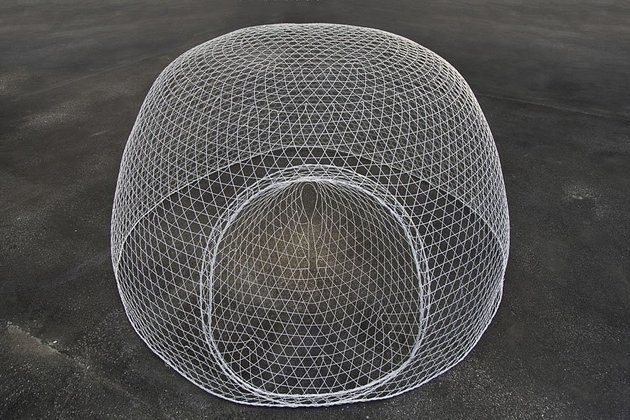Platform for discussion005
How has a globalised cultural economy affected the production of contemporary visual culture in North Africa and the Middle East?
Correct me if I'm wrong, but the word 'demand' seems to be the key word of the poll. In relation to a 'globalised cultural economy' it refers to the core term of economics that is used to rationalise the development of prices. Talking about 'demands of news media, journalism, cultural diplomacy and international market integration' in relation to contemporary visual culture in the region of North Africa and the Middle East comes along with a subliminal criticism: the increasing interests in visual production that can tip over into a visual production that responds to certain interests. This could end up in an inconvenient situation for journalists who, instead of investigating and reporting actual events, first need to follow the demand-driven agenda of the media. And when it comes to the very special and small part of visual culture that is fabricated by artistic work, it is worth thinking about the difference between visuals that make a demand and demands that make visuals.'
Correct me if I'm wrong, but the condition of a 'globalized cultural economy' is not really new to visual culture. Books on art and cultural history often discuss cultural transfer, hybridisation or creolisation – the appropriation of foreign forms and the re-appropriation of alienated objects and styles. Theorists make use of these terms to describe and to understand the evolution of formal patterns, the changing use of materials and the making of new media, while historians explain how the Palácio Nacional de Sintra in Portugal was an Alcázar built by the Moors, or that the Kremlin was constructed by Italian architects. The influence of a globalised cultural economy on visual culture has a long but patchy history: this makes it even more difficult to tell the differences between the influences on contemporary visual culture without knowing exactly the foregone visual culture.
However, there is something I can talk about as an artist with North African roots. The demand of, mostly European or American institutions, medias and markets made it more difficult to pursue individual artistic themes and fields of interests. Since 2011, I was often asked about my political opinion, although my life and work mainly concentrates on developing an artistic opinion. Obviously there must be a misunderstanding about the recent public role ascribed to artists from the region and the working concepts of many artist. I can only speak for myself, but in my opinion art seeks to understand long term processes and deeper structures, which needs temporal distance. Art should not follow discourses: it should just do – and maybe create new discourses. But the urge to react promptly to actual events and the demands to reflect the happenings through artistic media, brings artistic methods quite close to the work of photo and video journalists or – even worse – political propaganda.
Many people expect artists to do the unexpected. But what if the unexpected just happened? Does it then make sense to ask artists about politics and social issues – just because they are used to dealing with the exceptional? I don't think so and I strongly recommend consulting journalists, political analysts, sociologist and, for more fundamental questions, theologians and philosophers.
Correct me if I'm wrong, but I think the last thing the world needs is a bunch of artists who have become activists or visionaries 'on demand'. Artists cannot do the job of journalists, political experts or scientists. We just need time to understand the realities we are confronted with, more time than the news media and fashion-driven markets can grant us. But artists need this time to discover and experiment new ways to reflect and understand the unexpected of the unexpected. Yes, I think the demands of a globalised media economy have influenced the artistic practice in the MENA region. However, let's be optimistic about contemporary and aesthetic powers in the region and act on the assumption that they will be able to shape demands of media and markets in the future.
No is supported by Ibraaz and the Kamel Lazaar Foundation Projects – to view the work, visit this link. Kaabi-Linke's work, Butcher Bliss (Fleischerei Gluck) (2010), is part of the Kamel Lazaar Foundation Collection. View the work here.
What is a platform?
A platform is a space for speaking in public. It is an opportunity to express ideas and thoughts. It also suggests the formal declaration of a stance or position on any given subject.
Unique to Ibraaz is a 'platform', a question put to writers, thinkers and artists about an issue relevant to the MENA region. This platform is sent to respondents both within and beyond the MENA region and contributions will be archived every 12 months.

